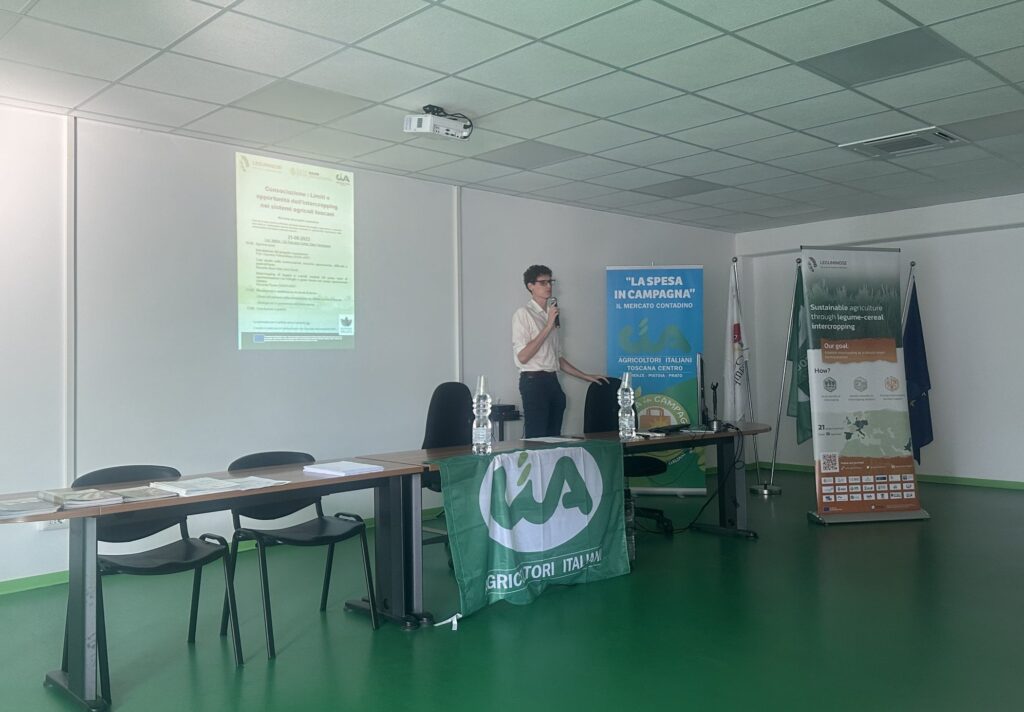What benefits does legume-cereal intercropping offer? And what are potential barriers to its adoption?
To explore these questions, our Italian partners UNIFI and CIA Toscana hosted a workshop on intercropping in Florence, Italy last month. Among the interested participants were farmers, advisors, researchers, as well as representatives of seeds and agricultural companies.
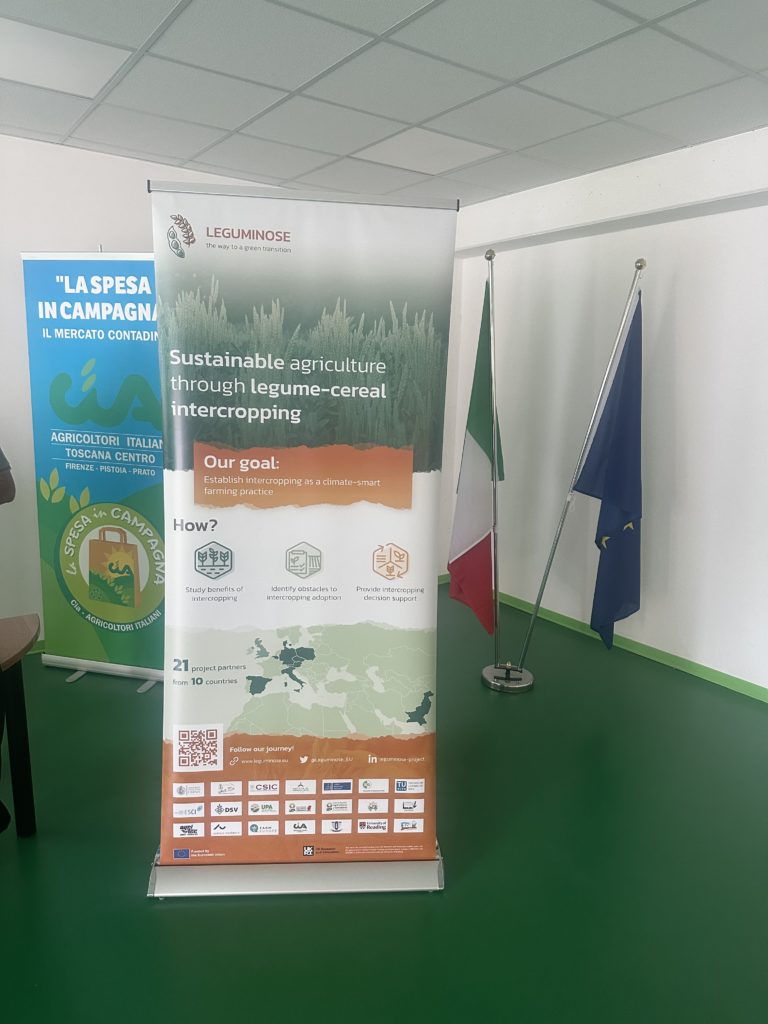
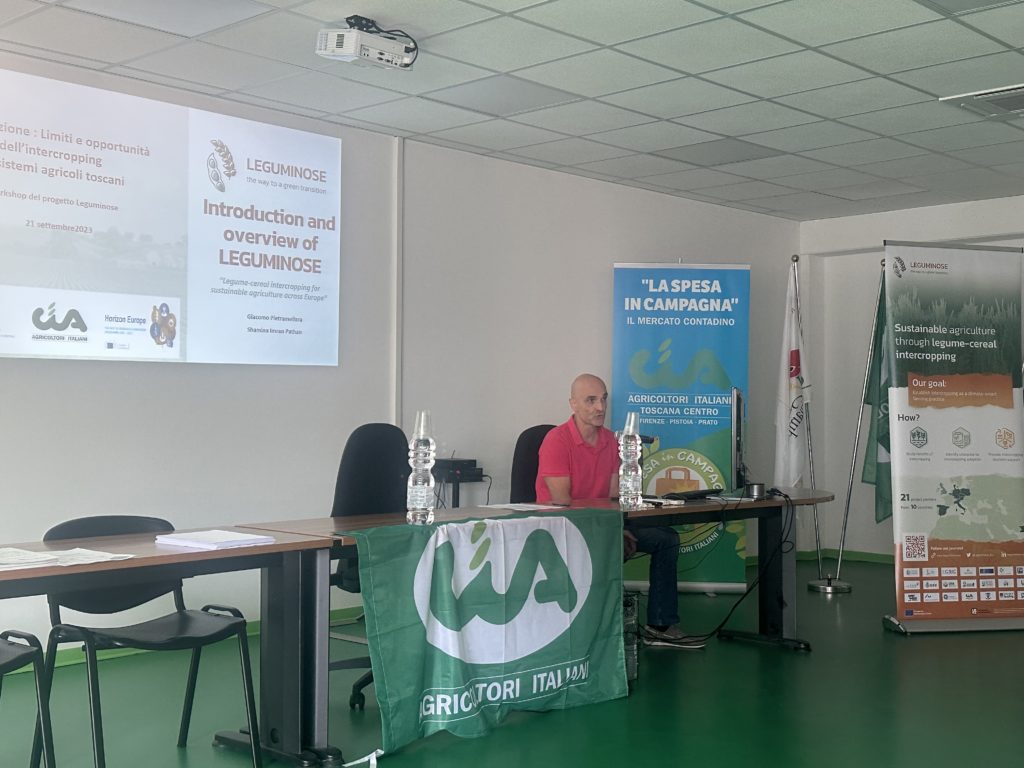
The workshop commenced with a comprehensive presentation of the LEGUMINOSE project, outlining our primary goals. It also shed light in the importance of the on-farm living labs, which are crucial for achieving the project’s objectives. The session also devoted special attention to the IntercropVALUES project, our sister project, highlighting overlaps and areas of collaboration.
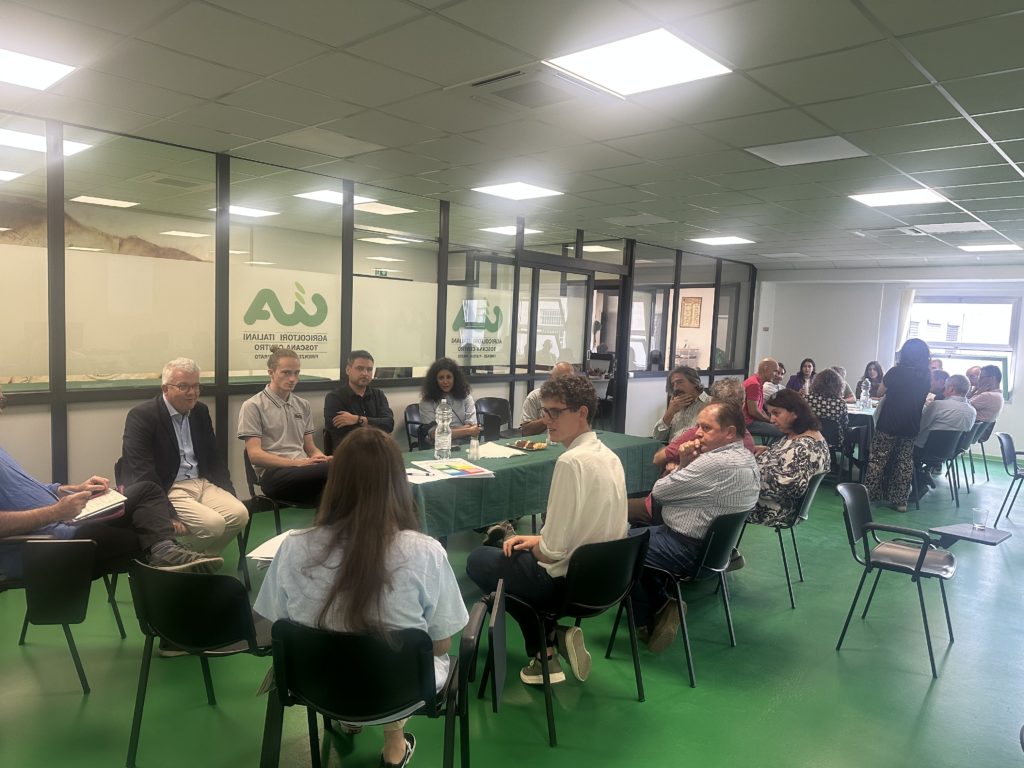
As the day progressed, the workshop shifted its focus to interactive discussion and exploration of the opportunities and barriers of intercropping. Like in our previous workshops in Poland and Spain, we again used SWOT analyses to allow participants to voice their concerns and share their insights. We formed to working groups, each guided by a moderator who also took on the role of note-taker.
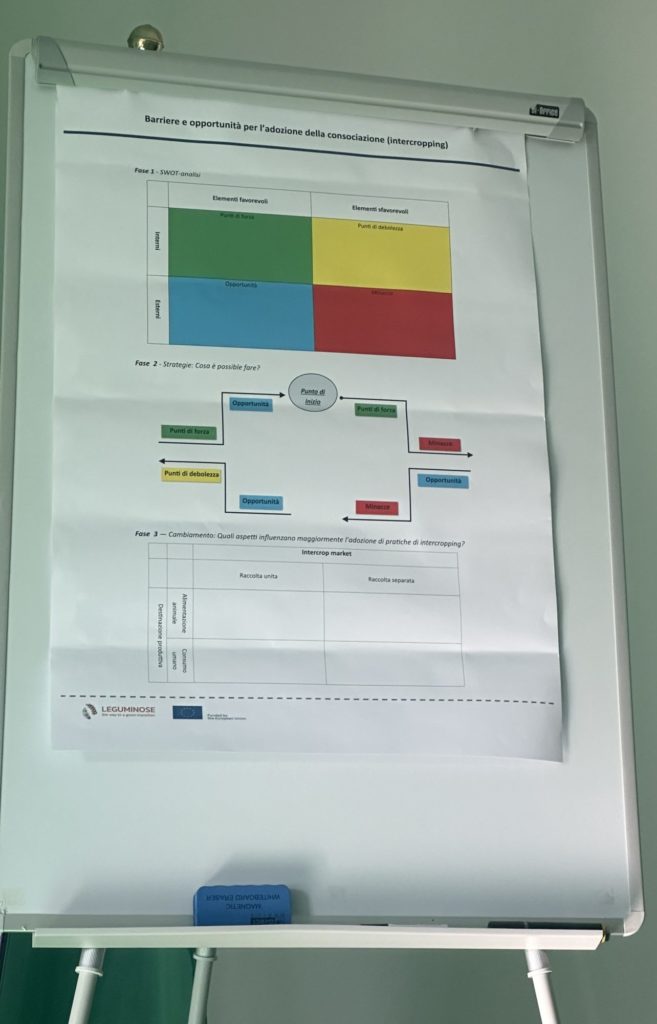
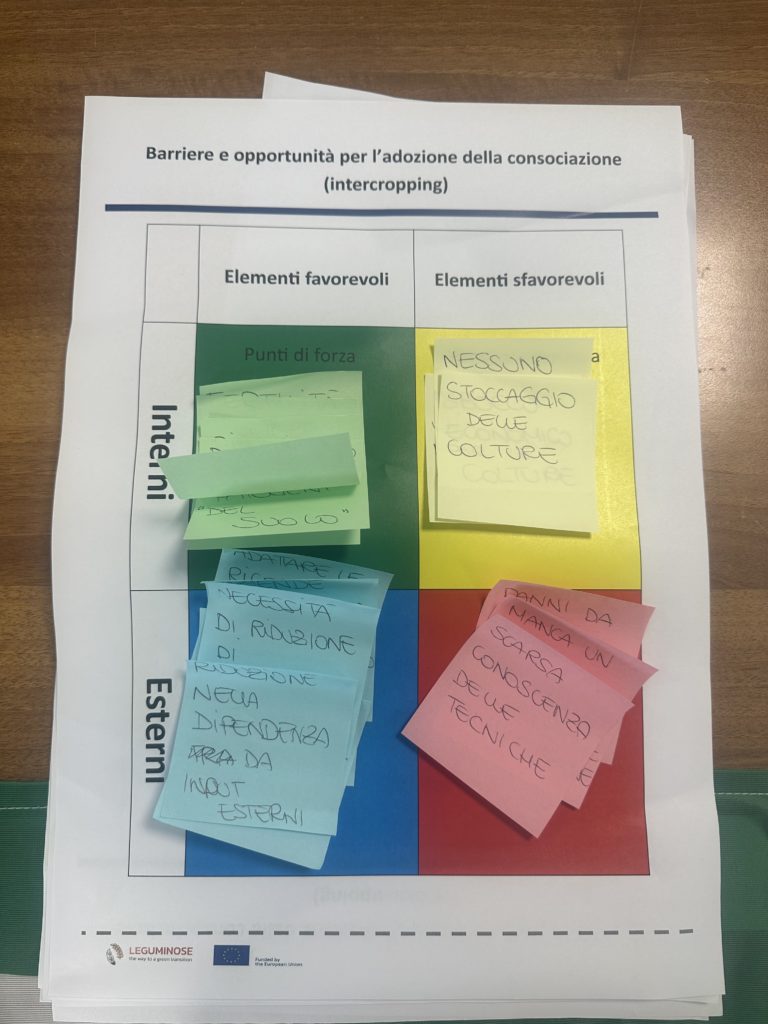
The advantages and challenges of legume-based intercropping emerged clearly from this collective effort. Participants highlighted the benefits of intercropping, which include increased soil fertility and diversity, erosion prevention, and the diversification of crops and products at the farm level. Concurrently, challenges were acknowledged, such as technical difficulties in managing different grains, structural demands, and market needs. Participants emphasized that a significant challenge lay in the lack of advisory resources and support in selecting optimal crop combinations, fertilization rates and pesticide usage.
Overall, the workshop provided a discussion platform to collaboratively identify and discuss the potential of legume-cereal intercropping for the Tuscan region of Italy. As we continue our journey towards making legume-cereal intercropping a mainstream practice across Europe, we aim to continue creating spaces for meaningful discussions and sharing knowledge.
